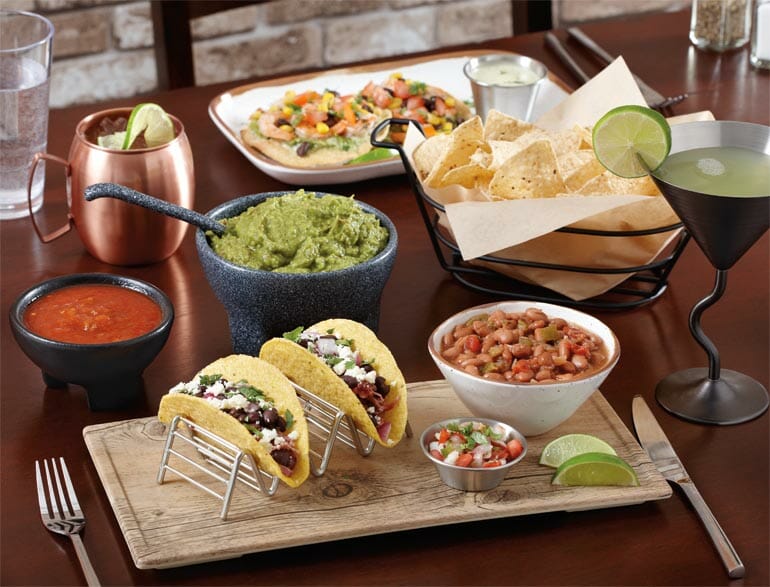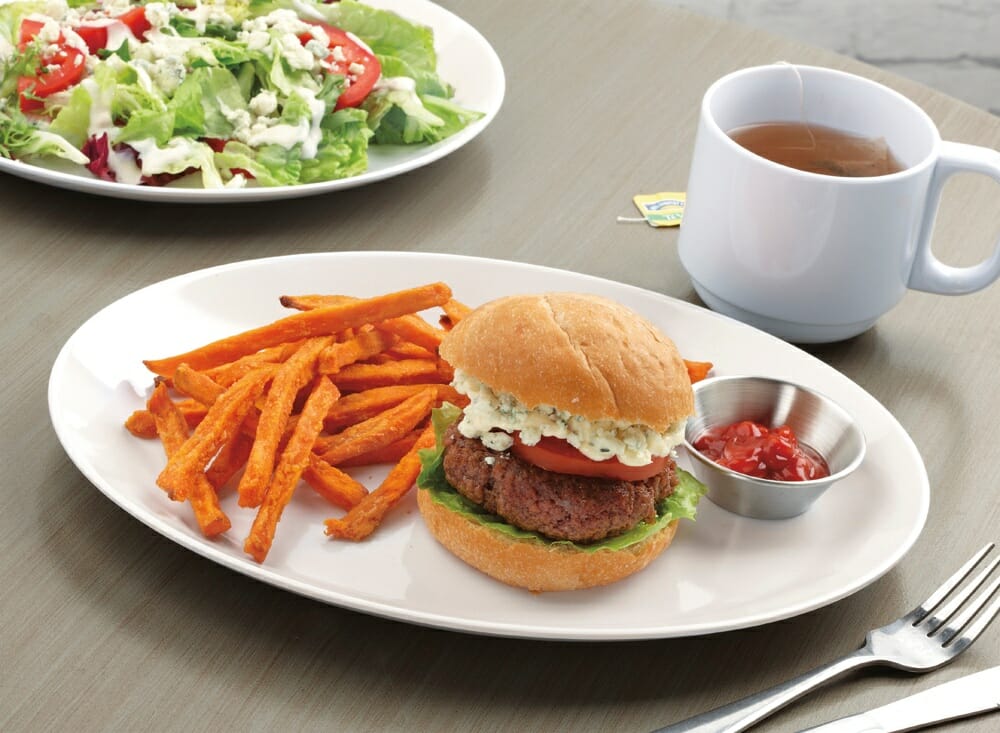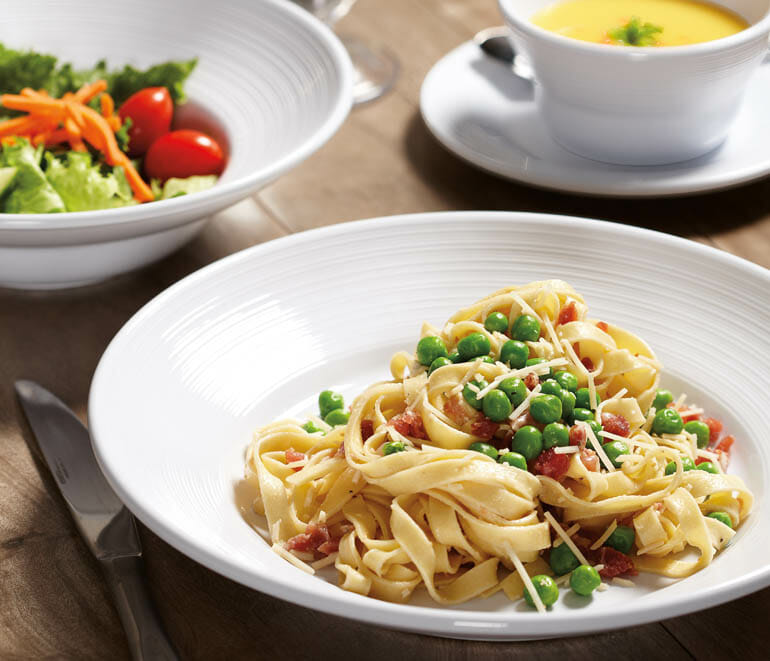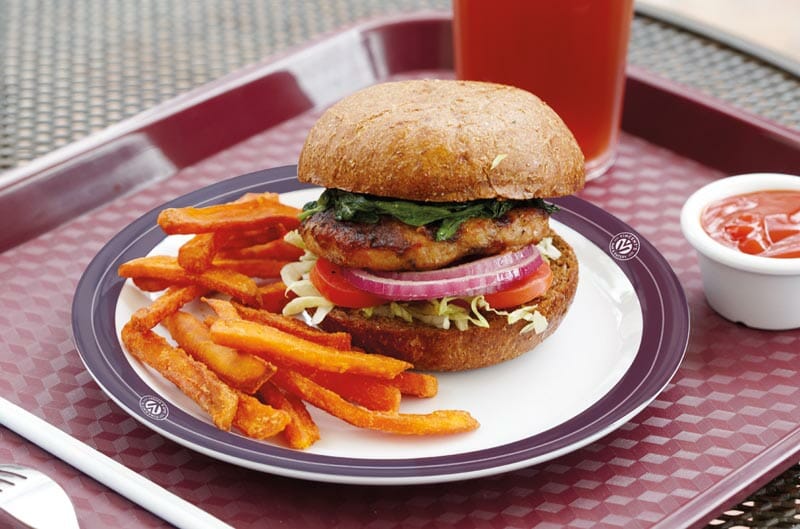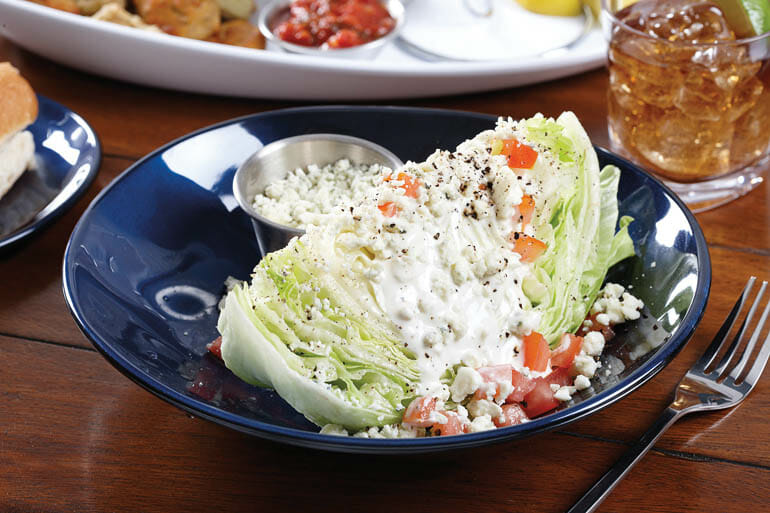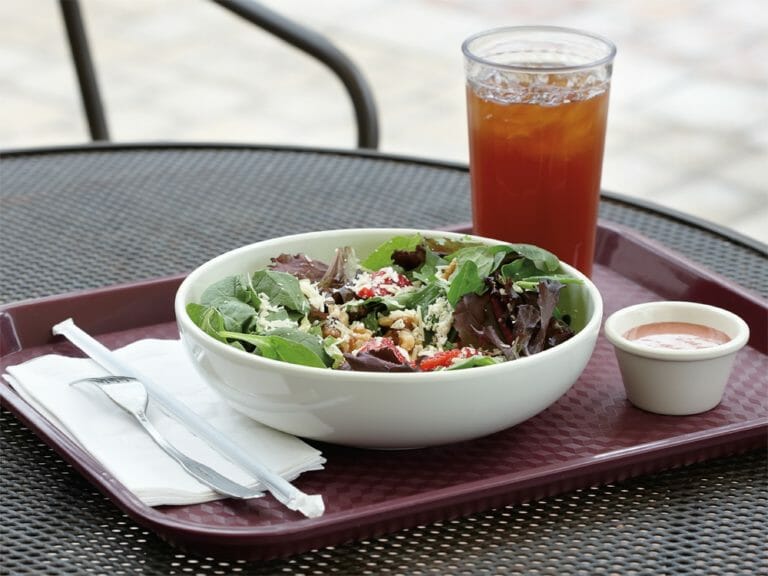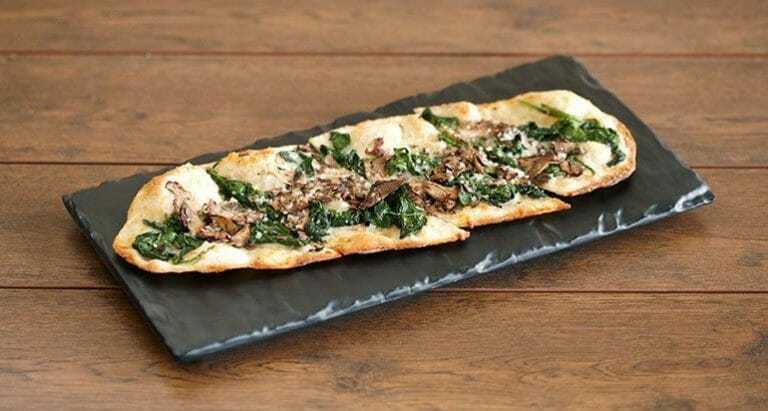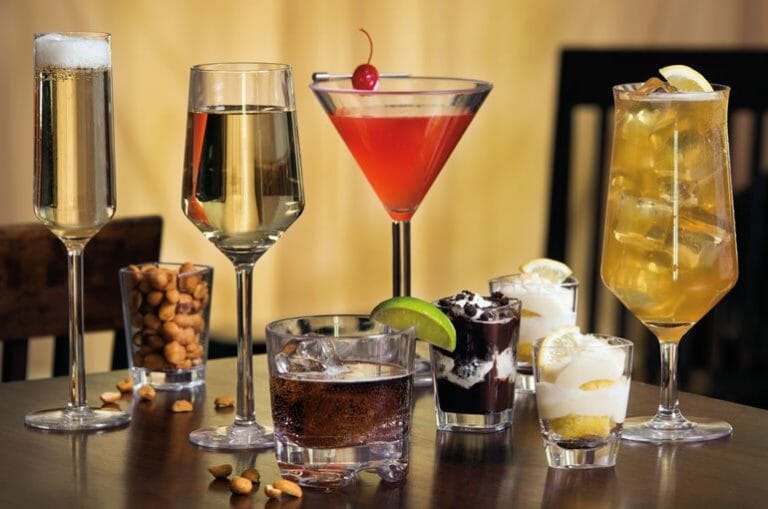6 Benefits of Melamine Dinnerware for Indoor Dining
A few decades ago, most folks regarded melamine plateware primarily as a superior option to paper plates for outdoor dining only. Even today, many people still perceive melamine dinnerware to be for poolside or patio use only because it is commonly shown in retail stores for outdoor entertainment solutions. However, just like most of us have moved on from dial-up modems to connect, melamine tableware has entered the 21st century in style due to advancements in alternative materials, design, and manufacturing.
These advancements are exciting because it means that you now have plenty of elegant options for your foodservice operation, whether you’re serving inside or outside.
Melamine Dinnerware Can Elevate Your Dine-In Service
At tradeshows, we often see chefs’ jaws drop open when they realize the plate they’re holding is melamine and not china. They’re shocked at how beautiful G.E.T.’s products are: “This is melamine?!” they say.
Today’s melamine can imitate a number of textiles like porcelain, ceramic, wood, slate, granite, etc., on food-safe surfaces. You can also apply glazes or textures, and find retro farm-to-table designs, artisan patterns, or contemporary understated themes.
The variety and capabilities of modern melamine designs allow chefs to easily mix and match different textures in ways that weren’t available to them before. From design, durability, and weight, many operators are finding melamine styles that are great fits for their brand. In some cases, operators can even elevate their brand positioning with modern melamine dinnerware.
What Really Influences Your Guests’ Dining Experience?
A third-party study looked at which factors contributed the most to diners’ overall positive experiences. The most important aspects regarding plateware were cleanliness, brightness, and the absence of chips. No one cited preferring china to melamine. They did, however, say that using paper plates was undesirable.
The takeaway here is that serving on melamine plates maintained brand perception â and in some cases even elevated it â so long as the dishes are clean, bright, and chip-free. Aside from buffet dining, most diners don’t touch their plates often, which means the appearance is what matters most. Today’s melamine is indecipherable form most porcelain. Proper care and maintenance of all your dinnerware – china or melamine – will also help you keep your tableware looking newer for a longer period of time.
You Will Save Money by Using Melamine Tableware Indoors
An admired feature of melamine is its break-resistance. It’s not only an operational safety benefit because it doesn’t shatter like china can, but it saves you a substantial amount of money in the long run because of its lower replenishment rate.
You can expect to replace about 10%-20% of your melamine dinnerware annually compared to china’s replacement rate of 50%-150%. If you currently use disposable plateware like paper plates, consider how much money you’d save on plateware costs in addition to storage space, waste collection, and pick up by using melamine instead.
We have some excellent resources on our blog that delve deeper into replacement rates and the cost of china vs melamine for you. If you’re currently using disposable plateware and are curious about how switching to melamine may help you increase your profits, we recommend reading “Reusable vs Disposable Dinnerware: Costs and Benefits for Foodservice Operation.”
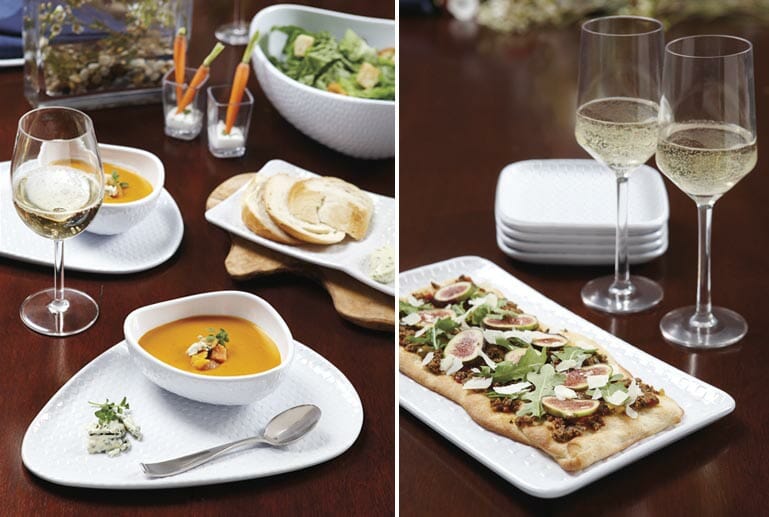
You Can Gradually Introduce Melamine Plateware for a Smooth Transition
Because melamine has a look similar to china, it’s easy to find dishes that complement your existing ones. This means that you don’t have to replace your whole tabletop all at once if you don’t want to. You can easily transition by introducing new melamine pieces here and there for solutions like appetizers, side dishes, different entres, and/or dessert. Like we mentioned, guests want clean, bright, and chip-free plates. As long as all of your dishware is in good condition, you can mix and match materials on your tabletop. It is totally acceptable in modern foodservice.
For example, you can keep your existing dinnerware if you are not ready to replace it and just incorporate a melamine appetizer platter or melamine dessert plates into your operation. The aesthetics of your presentation will be upheld, maybe even improved, while you start to see savings.
Simplify Dine-In and Patio Service with Melamine Tableware
Melamine dishes are an excellent option for foodservice operations where food is served both inside and outside, because today’s modern designs are appropriate for both environments.
Operators benefit because they don’t need two different sets of dishes for indoor and outdoor service. Additionally, using the same set of plates for both service styles means that chefs don’t have to create multiple ways to plate their dishes. It also saves kitchen space – a precious commodity in any operation – because using melamine for both services greatly reduces the amount of dish storage space needed.
Where Do You See Melamine Dinnerware Today?
Contemporary melamine dinnerware has earned placements on diverse indoor tabletops ranging from high-end hotels, casinos, and cruise ships to casual and fast-casual restaurants. Design and manufacturing advancements now offer foodservice operators plenty of ways to incorporate melamine dinnerware into their indoor dining programs. We invite you to read “Melamine Dinnerware Finishes: Cost and Benefits Comparison” to see examples of the various ways operators can use melamine on their tabletops.

